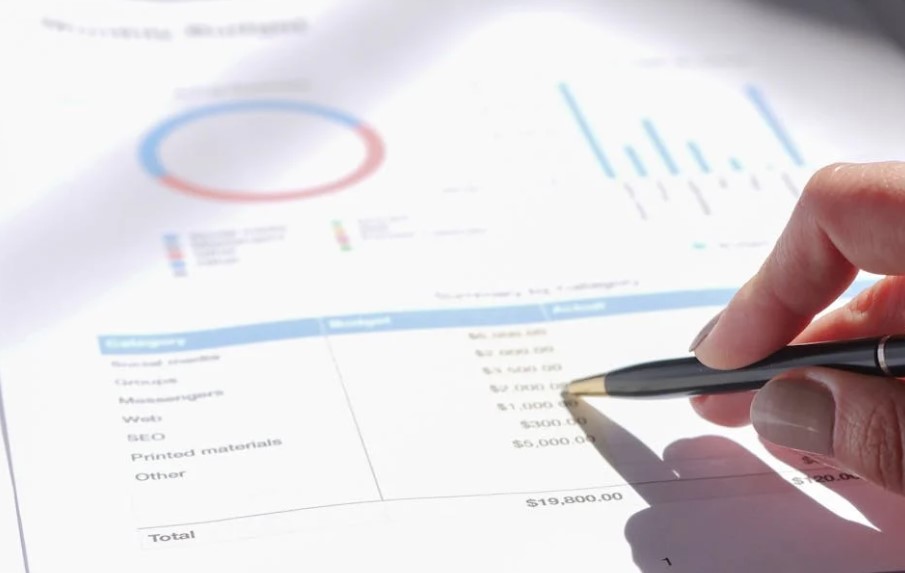Depreciation is a cornerstone of financial accounting, playing a critical role in accurately representing an asset’s value over its useful life. Beyond its technical definition, depreciation serves as a vital tool for financial reporting, tax planning, and operational strategy. This article dives into the primary methods of depreciation and their strategic importance for businesses aiming to optimize asset valuation.
At its core, depreciation is the process of allocating the cost of a tangible asset over its expected lifespan. It ensures that financial statements reflect the true economic wear and tear of assets, offering stakeholders a clear picture of a company’s financial health. Choosing the right depreciation method is crucial for aligning financial reporting with operational realities.
One of the most commonly used methods is the straight-line method, celebrated for its simplicity. This approach spreads the depreciation expense evenly across the asset’s useful life. While straightforward, it doesn’t always capture an asset’s actual usage pattern, especially for items that experience higher wear and tear in their early years.
For businesses with assets that lose value more quickly in their initial years, the declining balance method provides a better alternative. As an accelerated depreciation method, it assigns higher depreciation expenses in the earlier periods of an asset’s life. This approach can align better with revenue generation during an asset’s most productive years while potentially offering upfront tax advantages.
The units of production method is particularly suitable for assets whose depreciation is directly tied to usage, such as manufacturing equipment or company vehicles. This method calculates depreciation based on output, ensuring expenses reflect actual wear and tear. It’s a practical choice for industries with fluctuating production volumes.
Another accelerated option, the sum-of-the-years’ digits method, combines aspects of straight-line and declining balance approaches. By applying a weighted percentage to each year of an asset’s life, this method suits technology assets or other items prone to rapid obsolescence, offering a balanced middle ground for depreciation calculation.
Selecting the right depreciation method is a strategic decision that extends beyond regulatory compliance. It directly influences financial statements, tax liabilities, and even operational decision-making. Factors such as the asset type, industry norms, and specific usage patterns should inform this choice. For instance, a construction company might benefit from the units of production method, while a tech startup might prefer an accelerated approach for its rapidly depreciating hardware.
Advancements in financial management software have revolutionized depreciation modeling. These tools allow businesses to simulate various depreciation methods, providing data-driven insights to support strategic decisions. Automated tracking, scenario analysis, and real-time reporting capabilities further streamline the process, ensuring compliance and accuracy.
In conclusion, mastering depreciation methods is essential for businesses aiming to maintain accurate financial records and make informed decisions about asset management. Whether choosing simplicity with the straight-line method or leveraging the flexibility of accelerated approaches, businesses that understand and strategically apply depreciation can enhance transparency, optimize tax planning, and improve operational efficiency. By prioritizing accurate asset valuation, companies can better position themselves for long-term success.


 Personal Finance1 week ago
Personal Finance1 week ago
 Personal Finance1 week ago
Personal Finance1 week ago
 Accounting1 week ago
Accounting1 week ago
 Personal Finance1 week ago
Personal Finance1 week ago
 Economics1 week ago
Economics1 week ago
 Economics1 week ago
Economics1 week ago
 Personal Finance1 week ago
Personal Finance1 week ago
 Finance1 week ago
Finance1 week ago





















